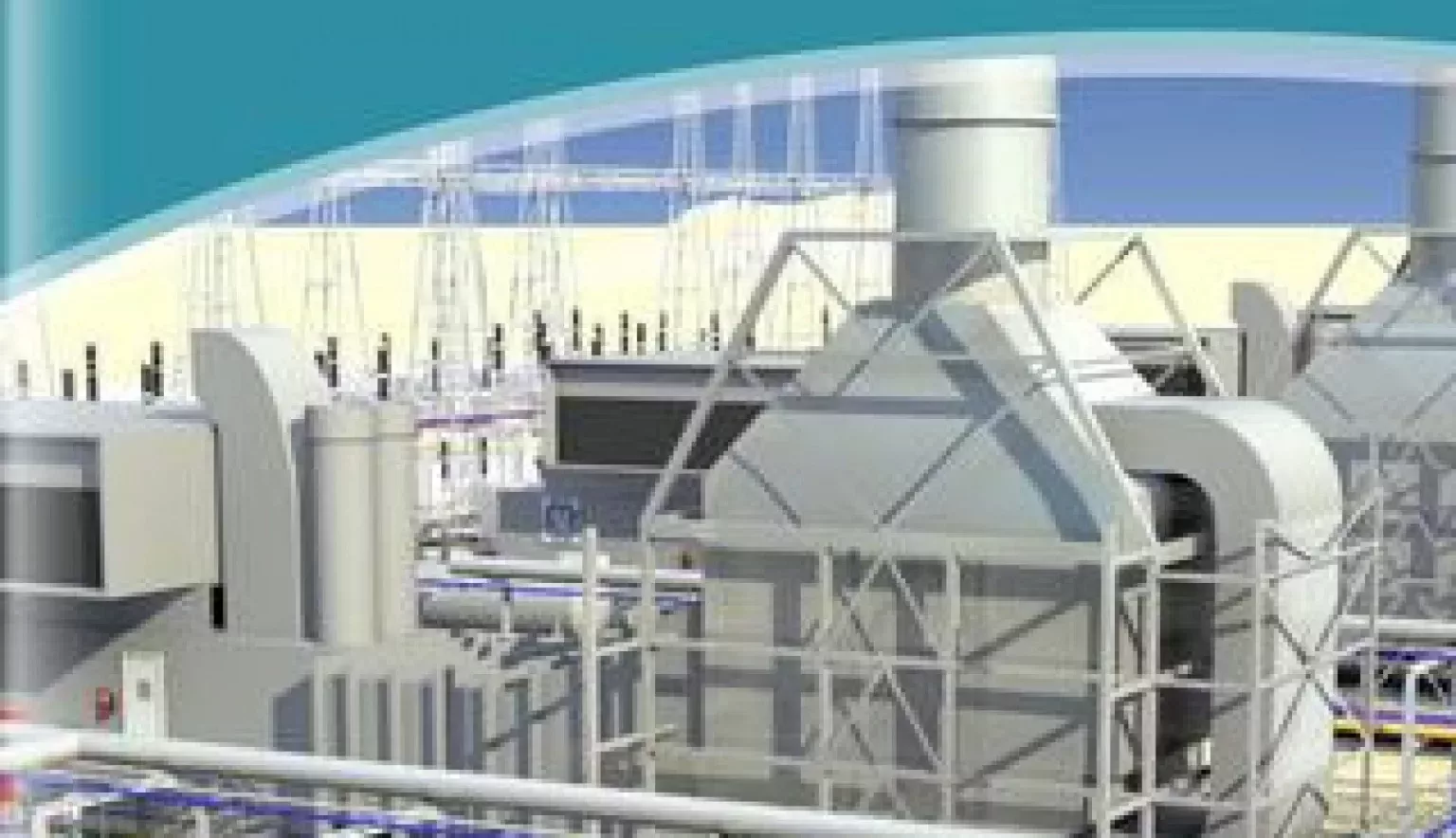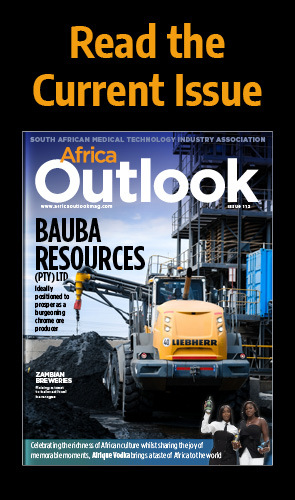The expertise of Xaris Developments across areas of project development in power plant and energy infrastructure is mirrored by its ability to drive such services in challenging environments.
NIMBLE INFRASTRUCTURE
Borne out of industry experience and a steadfast mission to evolve the world’s energy infrastructure, Xaris Developments is making waves across Africa, the Middle East and South Asia especially, alongside pivotal partners, CJM Management Consultancy and Thomassen Service Middle East; both operating out of Dubai, UAE.
The Australia-based Xaris Group subsidiary identified Africa in particular as an interesting opportunity across areas of power plant development and energy industry consultancy off the back of collective, regionally-specific knowledge attained over many years by the Xaris Developments team, and especially its Chief Executive Officer, Hennie Steyn.
He introduces: “Many of us who initiated Xaris back in 2010 had collective experience not just of this kind of work but of the regions we were looking to enter; especially Africa. We had worked on numerous smaller power generation projects and other complex infrastructure-based works and decided to accumulate this knowledge together in order to enter the market.”
“I’ve been to most countries in Africa and spoke with many of the continent’s people. We understand the politics of many countries well and while it’s not always an easy place to do business, there are many opportunities to be realised if you know the best way to work with the continent’s people.”
The key to Xaris’ success in Africa was derived from a clear strategy and focus designed to mitigate some of the challenges inherent with doing business in the region. Instead of going through often lengthy discussion processes at the genesis of any potential process, the Company will only take on a project if it owns the working relationships in those countries.
Steyn explains: “This way, we can make sure the right discussions are being had, aligning the project’s potential to our own vision and approach, and we have had significant success in conducting operations this way.
“Each country has its own regulations of course, but one thin line that cuts through all nations is international finance standards and once you have a solid project you can usually approach them from this perspective and they will accept that. Then, added to that, we have an internal knowhow from our various experiences to learn from countries’ previous issues and offer what is required to move forward.”
Ultimately, the ability to analyse opportunities and then approach them in the most customisable and befitting way enables Xaris to accelerate countries’ infrastructural developments; a skill that derives largely from the Company’s key business partnerships with CJM Management Consultancy and Thomassen Service Middle East.
Sharing ideas and knowledge in terms of skills transfer and component optimisation, Xaris has been able to leverage each partner’s industry influence on an international scale to make the business as nimble as it is today.
THE NEXT LEVEL
“Where Xaris goes, CJM-MC and Thomassen go with full support, which really helps us to make the difference when it comes to being nimble and when it comes to our intellectual property; two of our key differentiators,” Steyn affirms.
Naturally, this also translates into project saturation and success, making Xaris one of the leading exponents of achieving bankability of utility projects in Africa.
Steyn continues: “Many utility providers have lost their bankability and have no credit-worthy ratings to use for finance structure projects, so that has become one of the four main criteria for us to start working on a project.
“Secondly, is the aforementioned ownership of working relationships in each country to ensure we can take a project in the way we feel is best.”
The third consideration when analysing potential projects – whether it’s for Xaris’ self-funded developments, developments for other parties, or across its consultancy operations – is the extent of demand. For instance, in South Africa where there is an oversupply of power at present, the Company understands that openings are limited, whereas in Tanzania or Namibia where its flagship Walvis Bay project sits, the need for an offering such as Xaris’ is real and urgent.
“This leads into the fourth component we address, in terms of what resources exist in each particular country. In Tanzania for instance, power supply is insufficient, but they have a lot of resources,” Steyn picks up. “They’re probably at 30 percent of where they should be, so penetration is low and it represents a market where we will be able to make a difference.”
Of course, it can be very challenging to align such market opportunities to these specific components and visions, and African politics – which Steyn states is not for the “faint hearted” – contribute further, complex variables to the melting pot. But despite this, Xaris’ reputation in the sector and service expertise has already ensured the pipeline for developments for 2018 in Africa, the Middle East, Australia and Pakistan, to name a few.
“When we look for projects, we look at these aforementioned components and see if it’s bankable,” Steyn clarifies. “If these criteria match, then we can reach any corner in the circle of the regions mentioned.”
And Xaris can be selective too. Steyn continues: “Our experience and portfolio means we can actually say no to people, and still have a project list as long as our arm. We’ve worked with liquid fields, with gas, with nuclear, and of course we have experience with renewables now too.
“We have longstanding relationships with important equity and debt funders and are never short of opportunities to push forward a number of projects to the next level.”
DEVELOPING IN THE RIGHT DIRECTION
The aforementioned relationship with companies such as CJM-MC also goes a long way in facilitating the sourcing of projects to begin with, leveraging their equally wide base and knowledge before applying Xaris’ full development approach.
“This approach embraces all the elements you need to look at to do a full power station development,” Steyn notes. “We’re basically divided up into components, so if you take the commercial side for example, we have honed our own skills into our own specific models. Bankers and lenders will always ask for open-sourced models, so we have developed a model that works in accordance with this, to then be able to play it in any direction, with the necessary technologies and skills.
“Then, we also have our own audit function, to ensure we have very little comebacks from external auditors across our own models.”
The second component addresses regulatory and environmental issues; studying and understanding the ins and outs of various markets and comparing them to Xaris’ current structures before adapting accordingly.
“That can often prove to be the difference, especially when adding in our third component which is our technical functions,” Steyn continues. “This includes being able to do everything in-house and looking at all aspects of concept design in close collaboration with our partners.”
The fourth component is contract-based, Xaris having built up a track record that accounts for nearly all types of proposed project agreements. This means that the Company’s time to market is much quicker than most competitors’.
Such an attribute is very attractive on a continent that still craves innovative, ground-breaking developments in the energy space.
Steyn concludes: “This is what we want to do in terms of developing more and influencing the market more. Not just in Africa, but we want to ensure the global market is developing in the right direction.
“More than that though, we want to promote a balance. Certain countries are solely driving renewables and others are still relying on traditional sources, but you can’t have one and not the other. The way we want to make a difference is to help people understand that there needs to be a balance, and if we’re doing that, then we will also continue to be successful as a money-making business as a result.”





























